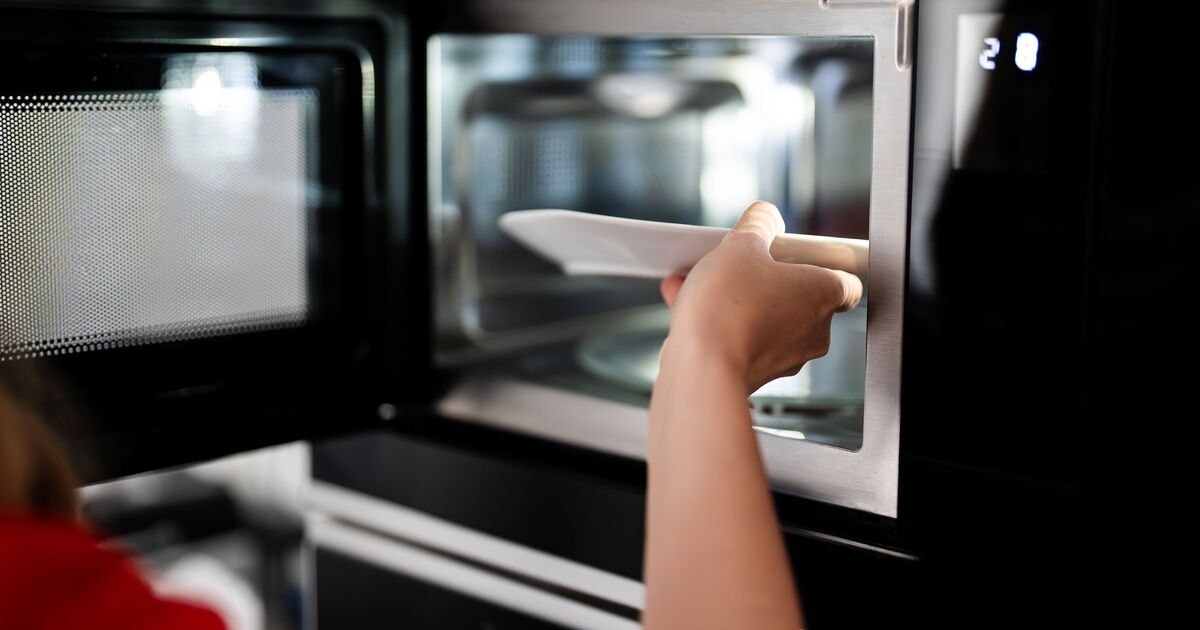Cooks have been told that they’ve been using the microwave wrong – and are needlessly ruining meals. Microwaves are v ery useful for cooking and also heat up leftovers reducing much of the risk of bacterie.
But according to kitchen appliance brand Cookology, many of us are using them incorrectly, leading to disappointing meals, unnecessary mess, and even avoidable damage to the appliance itself.
From rushed breakfasts to midnight snacks, microwaves are relied on for their speed and convenience. Yet simple errors, like using the wrong containers or ignoring stir times, can undermine their performance and pose safety risks.
Andrew Wright, founder of Cookology said: “Microwaves are brilliant tools when used properly, but we see the same mistakes again and again,” explains. “People often treat them like a one-button solution, but a little know-how goes a long way in improving results and extending the life of the machine.”
“Microwaves can do far more than just reheat leftovers. With the right technique, they’re a powerful, energy-saving tool that can handle everything from steamed veg to mug cakes. We just need to treat them with the same attention we give to ovens or hobs.”
There are five key ways people are using microwaves incorrectly
Using unsafe containers
It’s commonly known that microwaving anything with metal – even foil trims or twist-ties – can spark and damage the oven, but microwaving plastic can also be a problem. Plastic tubs that aren’t microwave-safe can leak chemicals into food, especially when heating fatty or oily dishes.
Forgetting to stir or rotate
Microwaves don’t heat food evenly, particularly in older models or versions without turntables. Stirring halfway through or rotating the dish ensures safer, more consistent results, especially important when reheating rice, meat or leftovers.
Sealing containers too tightly
Covering your food in the microwave is essential for even cooking and to avoid messy splatters, especially when heating items with high moisture or fat content. However, it’s just as important to leave a small gap for steam to escape. Fully sealed lids can cause pressure to build up, which may lead to the container warping or the lid popping off. Even microwave-safe containers can become damaged if the lid is fastened too tightly. For best results, cover your food loosely to keep heat and moisture in, but allowing it to safely vent.
Ignoring cleanliness
A dirty microwave absorbs more energy and cooks less efficiently. Food splatters also increase the risk of unpleasant smells and smoke. However, make sure to never clean your microwave with bleach or other ammonia-based cleaners. In an enclosed space like your microwave, these can leave behind toxic fumes that can contaminate your food.
Using the top of your microwave as storage
If you’re in a smaller kitchen with limited surface space and a countertop microwave, it might be tempting to use the top of it for additional storage. However, this can block the vents, causing them to overheat, leading to potential damage or even creating a fire hazard.

